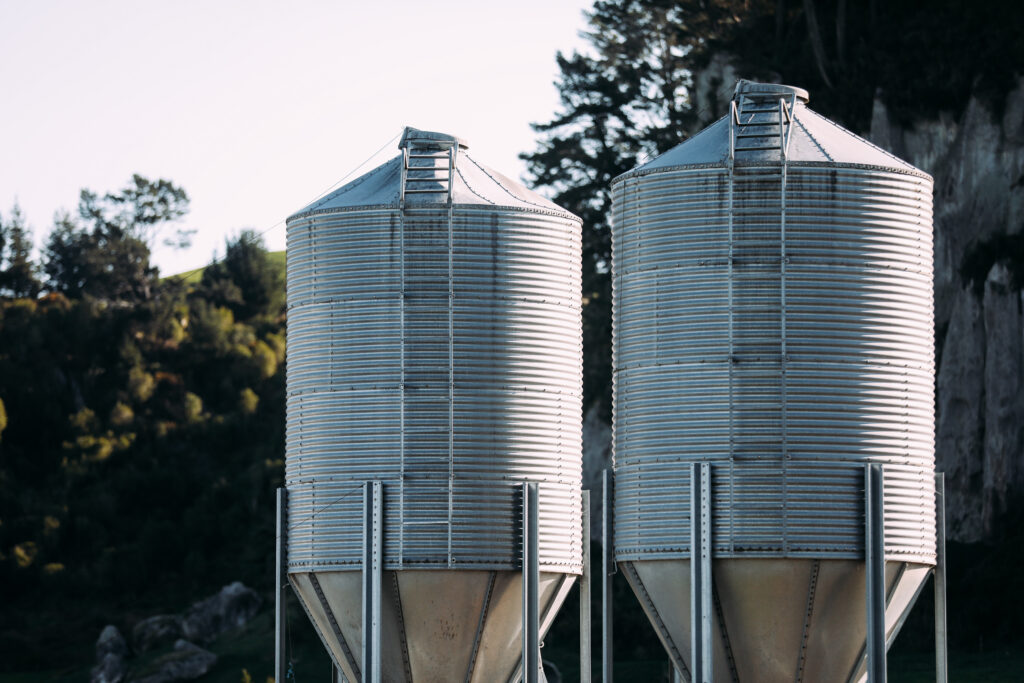‘Transitioning’ a cow is something that happens throughout the whole season as feeds change and cow’s requirements change. The pre-calving transition period presents one of the most important opportunities to substantially affect the subsequent lactation, including health, reproduction, and performance. The cost benefits from the response to a good transition plan can exceed 20-30 to 1. This is one of the most important practices to improve margins.
Preparing a cow for next season may mean subtle changes in management and feeding in the last 100 days of lactation. Getting a cow close to calving condition at drying off provides a healthy mix of muscle and fat making it easier to look after the cow over the dry period and at calving. Not having to gain large amounts of weight makes it easy to maintain a fit and healthy rumen on a balanced diet with at least 30% of the diet as roughage like good quality hay. The hay/straw helps keep the rumen bulked up which in turn makes it easier to lift dry matter intakes and improve appetite post calving. Another benefit of hay is it generates heat which keeps the cow feeling warm, full, and contented which can help stop cows from pacing up and down a break and damaging pasture through pugging.
The dry period is a great time to build mineral reserves for the spring, especially as reserves may have been depleted after a challenging Facial Eczema season. It is recommended that the Copper and Selenium in your trace mineral mix are from an organic source.
The cow’s energy requirements increase significantly in the closer days leading up to calving while typically a cow’s appetite can decrease by 30%. The goal of a good transition feed is to help reduce the Negative Energy Balance prior to and at calving with a focus on stimulating appetite.
Concentrates work best here by increasing the energy density of the diet. Using feed similar to the milker ration also builds the same type of rumen flora needed for digesting the milker ratio. This in turn improves the “rumen burn” / metabolism for processing increased volumes of feed post calving, thereby reducing the need to mobilise large volumes of body reserves. This helps protect the integrity of the liver and improves Feed Conversion Efficiency. Converting feed more efficiently means we not only produce at a higher and more cost-efficient level but will also improve the immune system and reduce disease.
The transition feed (often called a lead feed) should be almost the same as the milking feed and introduced at least 10 days prior to calving at a rate of 1kgDM/cow or more. This helps build up the same micro flora needed to digest the ‘milker ration’. The Protein content of the pre-calving diet needs to be between 14% and 15%. Energy in the diet needs to increase with the development of the calf and allow for reduced appetite prior to calving.
If a DCAD diet is a priority, then optimum introduction for a DCAD feed is 21 days before calving but preferably no longer, so for good results, accurate calving dates and accurate drafting and accurate feeding is needed. To ensure the correct formulation and feed rate, all other feeds in the total diet should be tested and analysed.
There are several different practices today to avoid metabolics issues at calving. The ‘Conventional’ dusting with Mag Oxide and using Mag C and Mag S in the water, the ‘DCAD diet’ and the ‘High Calcium diet’. Each one is focused on making sure the right amount of micro and macro minerals is available. “If it’s not broke then don’t fix it” is probably the best advise but if you are having challenges with metabolic issues then talk to your vet or nutritionist well before the start of calving to sort which method will best suit you.
And then a ‘starter dose’ at calving ensuring good energy and calcium boost and B12 all designed to stimulate appetite and you’re well on the way to transitioning cows onto a milking diet.
Encouraging newly calved cows to reach their optimum Dry Matter Intake in the quickest time is helped along by means of breaking the maternal bond with their calf at the earliest possible opportunity so they can focus on eating as opposed to standing guard over their offspring.
Ad-lib feeding the newly calved cow and making sure there is plenty of high energy dense feed is all about investing in the right feed at the right time in the right amount to maximise potential gains.
Contact your GrainCorp Territory Manager for more detailed information.
Ken Winter
Technical Support Manager



